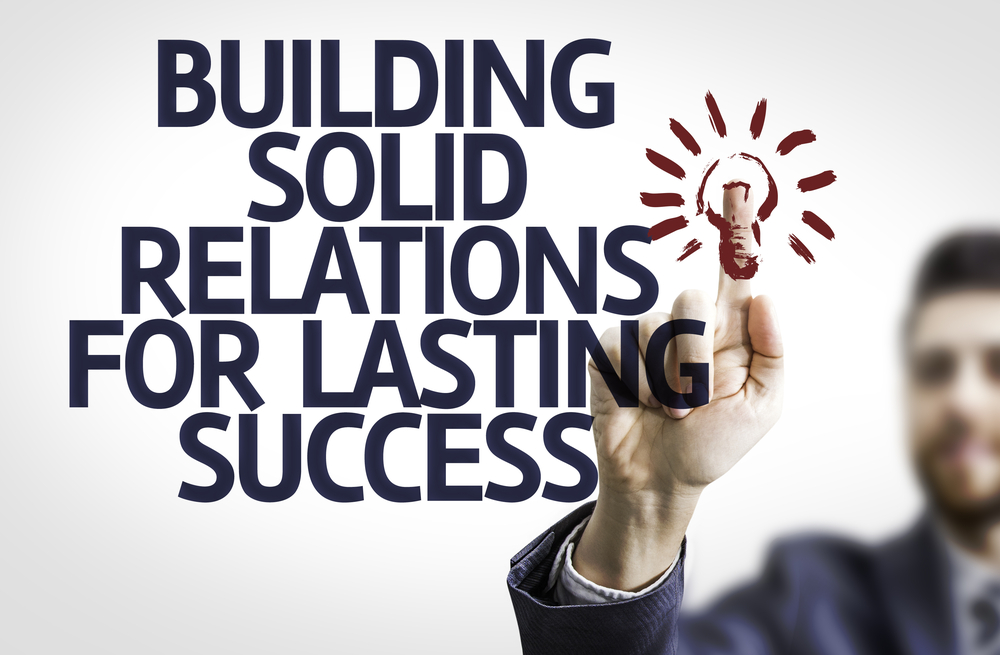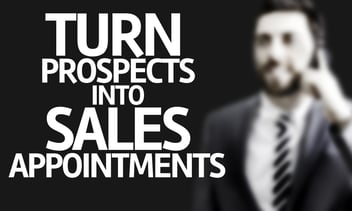Implementing an Inbound Sales Strategy is a long, meandering, but totally rewarding process.
If you’ve landed on this page, you probably have already devoured enough content regarding the Inbound Methodology, and the concepts and strategies that must be incorporated in the systems that are already in place within your company, should you wish to subscribe to the Inbound methods.
Before making the switch from your traditional sales strategy to an Inbound sales strategy, you must first understand that the Inbound Methodology is all over an Inbound sales strategy. We will illustrate how this is so in this article.
We shall begin by discussing the phases of an Inbound sales strategy.
What are the Phases of an Inbound Sales Strategy?
The phases of an Inbound sales strategy are the following:
- Identifying potential buyers
- Connecting with them
- Exploring their needs
Advising them on the path forward
The first phase is identifying potential buyers who may have a goal or particular pain-point that you can assist with. In this phase, it is important that you gather more information regarding your prospect, this way, you would be able to understand their challenges better. Do so by offering help and resources. Don’t jump into making a sale right ahead, neither should you promptly ask if they are the right person for you to be speaking with.
Keep in mind that an Inbound sales strategy finds a way for people to come to you, this means that you are supposed to attract them to you, towards the content and other valuable resources that you offer. You are not supposed to seek them out through cold calls and cold emails. Remember as well, that before a prospect engages with a sales person, he/she may have already started on a buyer’s journey by conducting research on his/her own. So make it a point to offer assistance along the journey they have already begun.
A key component of an Inbound sales strategy is the usage of social media. You can follow popular pages that your prospects follow and comment on their posts. When you engage with prospects in social media, you allow them to discover you while you also get to identify them. This positions you as a thought leader and in time, more people will reach out to you for advice and guidance as they contemplate on future purchases.
In this phase, you also get to identify active and passive buyers. Doing so will let you know with whom to spend more of your time and resources. Obviously, you’ll prioritize active buyers over passive ones as they are the ones with the higher inclination to make a purchase.
The second phase of an Inbound sales strategy is connecting with prospects. This is where you show a prospect that you understand their situation by making an offer that is aligned with the stage where the prospect is in the buyer’s journey.
Here, you can help prospects figure out their situation by offering informative content or consultations. Be sincere in showing an interest in the challenges they face and the goals they wish to attain. This will deepen their trust in you and even forge a relationship with your brand. In this phase, your guidance may help a prospect decide that they want to pursue finding a solution to their problem or meeting a goal they have, once they decide they will, then they become a qualified lead.
The third phase of your Inbound sales strategy is the explore phase, after a prospect transitions into a qualified lead, you explore the particular goals they have and the challenges they face to assist them in figuring out if the product or service offering that you have will be a good fit for their situation. In this phase, they basically become a sales opportunity. But make no mistake, in the explore phase, you can’t just directly go into a scripted presentation about your product.
Remember that you are to present yourself as an expert providing a consultation, in the process of doing so, probe into your potential buyer’s goals and challenges, gauge if your company and this person you are engaging with are indeed a good fit. It also pays to have the honesty to admit to yourself when it’s not a good fit. This way, you can also quickly identify unqualified leads so you can spend your time and resources on those who are.
Last, is your advise phase. In this phase, you have already accomplished the following: sort leads and identify the qualified from unqualified leads, you have already guided them into making the decision to address the goals and challenges they have, and you are prepared to take a shot at a sales opportunity. You do so by giving a tailored presentation showing leads how you are uniquely positioned to be a solution to whatever challenges they may be facing.
Now, presentations can be in the form of a PowerPoint deck, a product demonstration, or a proposal or contract that highlight whatever features or value propositions that may resolve the problems and challenges your customer is facing or assist them in the goals they intend to achieve. However, in this phase, it would be easy to flood your potential buyer with all sorts of information in the goal of “advising” them. Take note that they may have already seen plenty of slide decks, case studies and product videos that are all over the internet. Dare to be unique and focus on providing help even at the last phase.
Make the connection from your customer’s pain-points and most serious challenges, and your company’s products/services. Create an unobstructed path for them to get to a point of success that they aspire for, show that this can all be possible with your product.
Commit this memory: in every phase of the Inbound sales strategy, your mission is simply to offer help. As the Inbound methodology dictates, you must dare to give value at every phase. This is how you draw people in, and that is ultimately, the Inbound way.

 The Four Phases of an Inbound Sales Strategy" loading="lazy">
The Four Phases of an Inbound Sales Strategy" loading="lazy">


